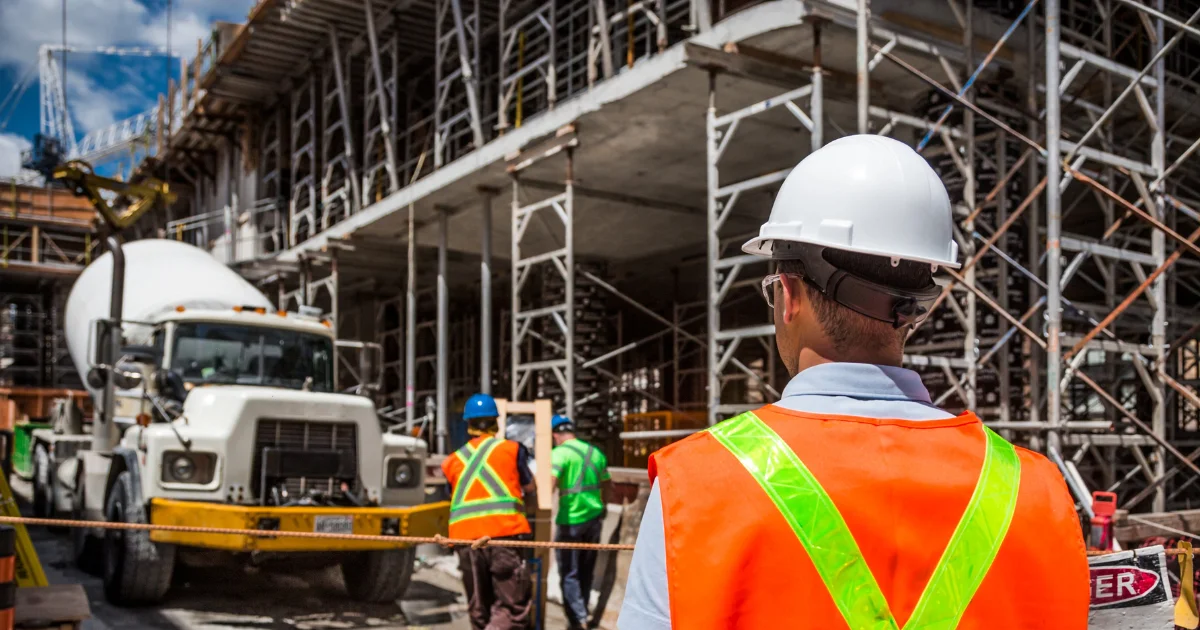When building a new home, addressing potential health risks is a key part of the construction and design process. One such hidden hazard is radon, a naturally occurring radioactive gas that can enter buildings from the ground. It is known to cause lung cancer, and because it is colorless and odorless, radon can accumulate undetected in homes. Testing for radon as part of your new construction process can ensure that indoor air quality is safe and that any necessary mitigation systems are in place from the start.
The Environmental Protection Agency (EPA) has outlined that some regions are more prone to high radon levels than others, categorizing these areas into different zones based on potential risk. If your property is located in a Zone 1 area, characterized by higher radon levels, it’s particularly important to incorporate radon-resistant construction techniques. Even if your new home is not in a high-risk zone, radon testing is still recommended, as radon can be a problem in homes of all types and locations.
Understanding that even low levels of radon pose a health risk, it is clear that testing should not be overlooked. By being proactive and incorporating radon-resistant new construction methods or conducting a radon test upon completion, you are not just investing in a physical structure, but also in the well-being of those who will call it home. Testing is simple and can provide peace of mind, ensuring that your new property maintains a safe living environment free from the dangers of radon exposure.
Importance of Radon Testing in New Construction
When constructing a new home, considering radon testing is essential for long-term health and compliance with building standards.
Health Risks Associated with Radon Exposure
Radon is a natural radioactive gas linked to lung cancer. It’s odorless and invisible, making it undetectable without professional equipment for radon detection. Long-term exposure to elevated radon levels can significantly increase your risk of developing lung cancer, thus, testing in new construction is critical for ensuring a safe living environment.
Radon Levels in New Buildings
While you might assume new buildings are free of radon, this is not always the case. Construction materials and the soil the home is built on can contain radon. In fact, modern, energy-efficient homes may trap radon, leading to potentially higher levels. For that reason, using professional equipment during and after construction to monitor radon levels is crucial.
Must Read: Different Phases of Construction Project Management
Building Codes and Radon Testing Requirements
Building codes may require radon-resistant construction, depending on your location. These construction techniques not only prevent radon entry but also offer the added benefit of improved moisture control. To ensure compliance with regulations, engage with certified professionals who utilize continuous radon monitors to ensure your new construction meets necessary standards and protects against radon-related health risks.
Conducting Radon Testing
When building new construction, testing for radon is a critical step to ensuring the safety and health of your home environment. It’s important to select the appropriate testing method, understand the timing for testing, and know how to interpret the results accurately.
Choosing a Radon Testing Method
Your choice of radon testing method will affect the accuracy and reliability of your results. Two common types of radon tests are container radon tests and continuous radon monitors:
- Container Radon Test: Typically a charcoal canister or an alpha track detector, this is a user-friendly option you can purchase at hardware stores or online. These are generally short-term tests that last from 2 to 7 days.
- Continuous Radon Monitor: Requires professional deployment and provides a detailed reading of radon levels over a set period. Considered more accurate than container tests and can provide hourly readings.
Timeline for Radon Testing in New Construction
Timing is essential when testing radon levels in a new construction:
- Before Occupancy: Test the home after it has been built but before you move in. This allows any radon mitigation efforts to take place without disrupting your home life.
- Post-Construction Adjustments: If radon-resistant construction features have been used, it may be beneficial to conduct another test after the home has been ventilated and heated normally for at least 24 hours.
Interpreting Radon Test Results
Understanding your radon test results is vital for ensuring the safety of your home:
- Safe Levels: The EPA recommends taking action to reduce radon levels if the result is 4 picocuries per liter (pCi/L) or higher. However, any radon exposure carries some risk.
- Next Steps: If your results are 4 pCi/L or higher, you’ll need to consider radon mitigation systems. If levels are lower, you may still want to discuss with a professional how you can achieve even lower radon levels for enhanced safety.
Must Read: How to Create and Manage a Construction Project Schedule
Conclusion
Testing for radon in new construction is a critical step in ensuring your home is safe from this invisible gas. While the building materials themselves may not release radon, the soil beneath your home can be a source. It’s recommended to conduct a radon test even in new homes.
Addressing radon during construction is easier and often less expensive than retrofitting a radon mitigation system after the home is built. Stay informed and ensure your new home is tested for radon to protect your health and investment.





